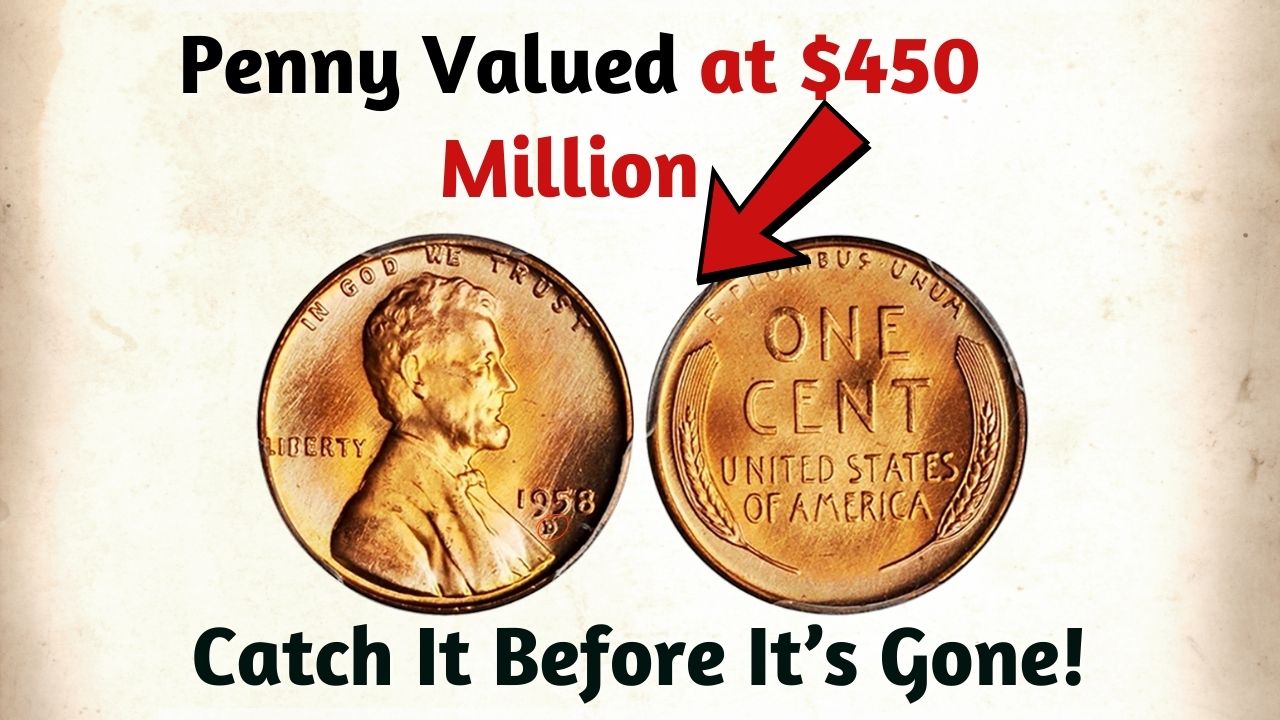Have you ever checked your pocket change and wondered if any coin might be worth a lot of money? Most of us toss quarters without a second thought. But one special quarter—the Bicentennial Quarter—can be worth a huge amount. Believe it or not, one of these coins is valued at $677,777! And guess what? It might still be quietly moving from hand to hand like regular money.
Rare Bicentennial Quarter
| Feature | Details |
|---|---|
| Coin Name | Bicentennial Quarter |
| Year Minted | 1976 |
| Face Value | $0.25 |
| Estimated Value | $677,777 (for rare types) |
| Material | 40% Silver (rare versions) |
| Still in Circulation? | Yes |
| Special Design | Colonial drummer on the back |
| Mint Marks to Watch | “S” (San Francisco), others |
Why Is This Quarter So Valuable
In 1975 and 1976, the U.S. Mint made special quarters to celebrate 200 years of America’s independence. These coins look different because they have a cool design on the back showing a Colonial drummer and a torch with 13 stars. But here’s the thing: not all Bicentennial quarters are valuable. Most are still just worth 25 cents.
So, why does this one cost hundreds of thousands of dollars? It’s because of three things: how rare it is, how good the condition is, and if there are any mistakes in how it was made.
Some Bicentennial quarters were made with 40% silver. Others have small minting errors like double images or wrong strikes. When a coin has these rare features and is in perfect condition (called MS-67 or higher), its value shoots up. One coin like this sold for $677,777!
How to Spot a Valuable Bicentennial Quarter
Wouldn’t it be amazing to find this valuable quarter in your coin jar? Here’s what you should look for:
- Date and Design: Check the front for the dates “1776-1976.” The back should show a Colonial drummer instead of the usual eagle.
- Mint Mark: Look for an “S” on the coin. This means it was made in San Francisco and might be silver. Some without a mark can still be valuable if they have errors.
- Condition: Sharp details, no scratches, and shiny surfaces mean the coin might be in mint state.
- Weight: Silver coins weigh a bit more. If you have a small scale, check the coin’s weight.
If you think you found one, don’t spend it right away. Take it to a coin expert or grading service.
Story Behind the Bicentennial Quarter
In the 1970s, America wanted to celebrate 200 years of freedom. Instead of making a new coin design each year, the U.S. Mint made special designs for the quarter, half dollar, and dollar. They all showed the dates “1776-1976.”
The Bicentennial Quarter was popular because of its cool drummer design by Jack L. Ahr. Millions were made, and many people saved them as keepsakes. But only a few special ones are worth a lot today.
Most Bicentennial quarters are made from copper and nickel. But some were made with 40% silver for collectors. Some people bought silver sets but later spent the coins by accident. That’s why you might still find them in everyday change.
Why Do Collectors Love This Quarter
Collecting coins is more than a hobby; it’s a serious business. Here’s why collectors want this quarter:
- It marks a big moment in American history.
- The silver versions are rare because fewer were made.
- Coins in perfect condition are worth much more.
- Minting mistakes make some coins extra special.
Collectors are always hunting for rare coins to make their collections unique. This quarter is one of those treasures.
Could You Really Have One
It might sound like a fairy tale—a quarter worth nearly $700,000 just sitting in your drawer. But it happens! Coins like this have shown up in garage sales, old jars, and even in vending machines.
That’s the exciting part of coin collecting. You never know when you might find a real treasure in your pocket.
FAQs
What year is the Bicentennial Quarter from?
1976.
What is special about its design?
It shows a Colonial drummer on the back.
Are all Bicentennial Quarters valuable?
No, only rare types with silver or errors.
Where was the valuable one minted?
San Francisco (“S” mint mark).
Can you still find these coins in circulation?
Yes, some are still used as change.












